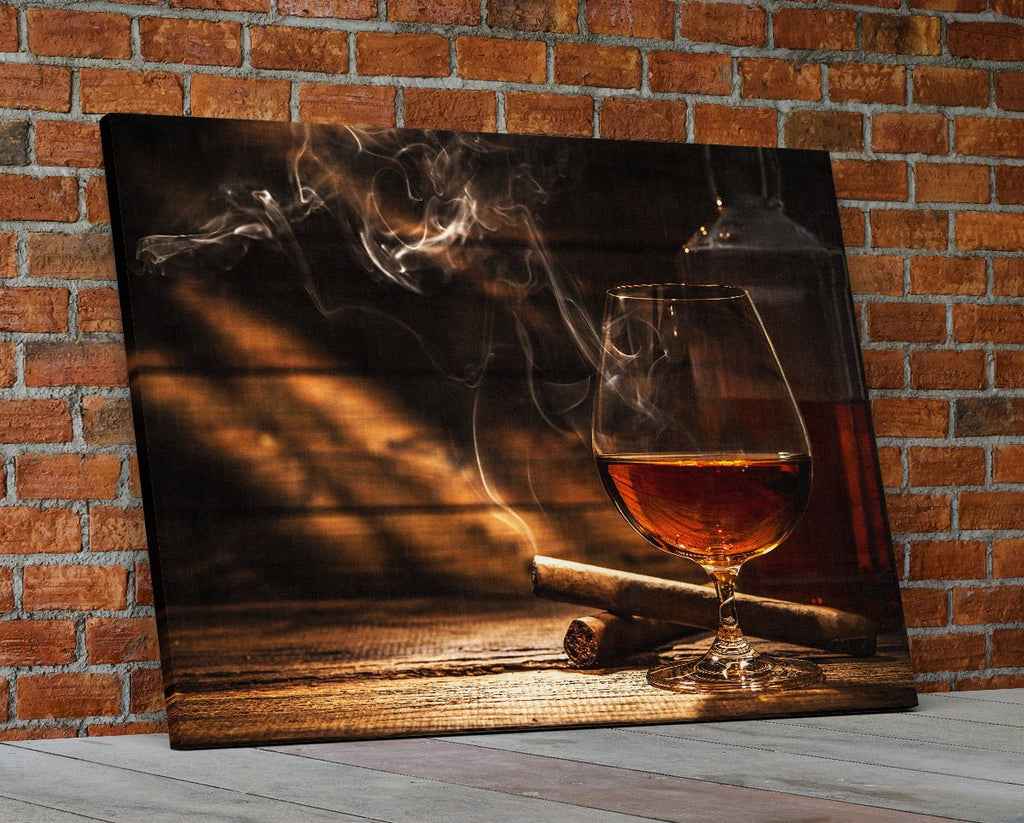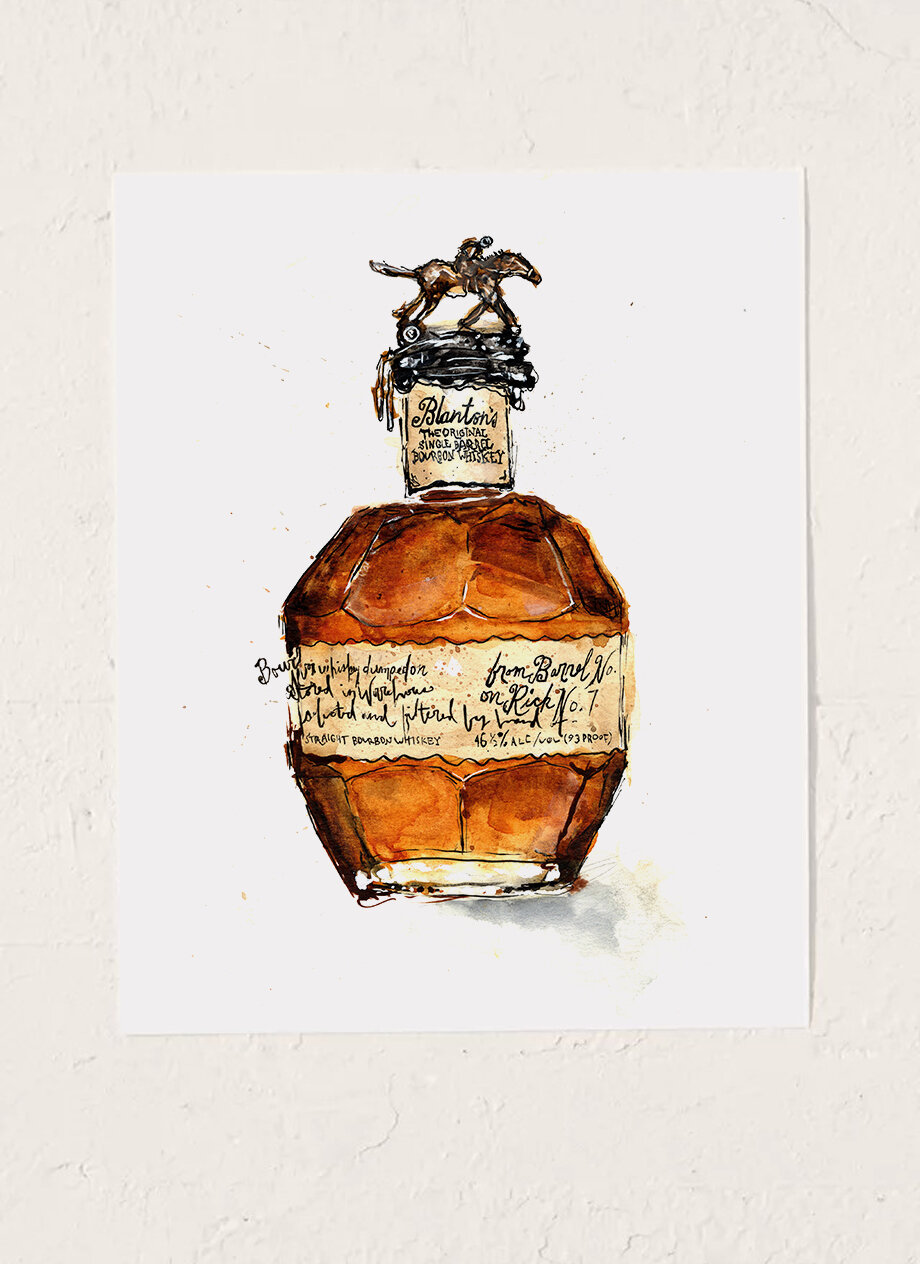Change Your Space with Sensational Whiskey Art Inspired by Nature
Change Your Space with Sensational Whiskey Art Inspired by Nature
Blog Article
The Importance of Whiskey Art in Celebrating Heritage and Workmanship in the Beverage Sector
The intricate connection in between scotch art and the event of heritage and craftsmanship within the drink industry can not be overemphasized. Through attentively created tags and containers, whiskey brands encapsulate their historic roots and the artisanal abilities that define their manufacturing techniques.
The Historic Origins of Whiskey
At the heart of scotch's allure lies an abundant tapestry of historical origins that trace back to ancient people. The origins of scotch can be connected to the purification practices of the Sumerians and Babylonians around 2000 BCE, where early types of fermented grain beverages began to emerge. It was in the Center Ages that the art of purification developed considerably, especially in Ireland and Scotland, leading to the production of bourbon as we recognize it today.
The term "bourbon" itself obtains from the Gaelic word "uisce beatha," indicating "water of life." This phrase highlights the cultural importance of whiskey in Celtic cultures, where it was usually associated with rituals, celebrations, and communal bonding. By the 15th century, purification came to be a recognized craft within reclusive areas, leading the way for the facility of lawful distilleries.
As trade paths expanded, scotch's popularity grew, going beyond regional borders and recording the rate of interest of connoisseurs worldwide. Realism Art. This historic journey reflects not only the workmanship behind scotch manufacturing however also its essential duty in social and social contexts, noting it as a considerable beverage throughout history
Artistic Expression in Branding
Scotch branding stands as a compelling intersection of artistry and commerce, where visual identity plays a crucial function fit consumer understanding. The looks of whiskey tags, packaging, and advertising and marketing materials reflect not only the brand name's story but additionally its core values and heritage. With imaginative expression, distilleries communicate a narrative that reverberates with consumers, evoking feelings and triggering links.
Using shade, typography, and imagery in branding offers to set apart products in a saturated market. Traditional concepts might stimulate a sense of authenticity and craftsmanship, while contemporary styles can indicate innovation and forward-thinking. This strategic imaginative instructions enhances brand name acknowledgment and commitment, permitting consumers to build an individual connection with the whiskey they choose.
In addition, imaginative expression in branding frequently functions as a party of regional heritage. Distilleries regularly integrate local icons or historic referrals into their styles, developing a local color that welcomes customers to engage in a wider cultural experience. Inevitably, the artistry behind whiskey branding not only enhances aesthetic allure but also improves the overall narrative of the brand, promoting a deeper gratitude for the workmanship and heritage ingrained in each container.
Craftsmanship in Bottle Style
The artistry evident in bourbon branding extends past aesthetic identification to include the craftsmanship associated with bottle style. Each bottle acts as a vessel not simply for the spirit within, however also for the story it informs regarding its origin, high quality, and practice. The design process calls for precise focus to detail, as aspects such as material, shape, and closure add substantially to the overall perception of the whiskey.
Workmanship in container layout entails selecting premium glass that can enhance the scotch's color and clarity, while likewise giving a responsive experience for the customer. The shape of the container need to be both aesthetically enticing and functional, usually showing the heritage of the brand name. Numerous distilleries choose unique shapes or embossed logo designs that stimulate a sense of credibility and history.
In addition, the tag design and typography play an important function in interacting the brand name's story. Bourbon Art. A well-crafted container not just captivates the customer's eye but additionally reinforces the brand's commitment to high quality and custom. This way, the craftsmanship of container layout comes to be a vital aspect of the bourbon experience, combining creativity with an extensive regard for heritage
Cultural Significance of Whiskey Art
Commemorating practice and craftsmanship, the cultural significance of bourbon art transcends mere visual appeals, intertwining with the historic and social additional reading narratives of the areas from which it originates. Each bottle serves as a canvas, illustrating the special stories, folklore, and practices that have shaped local whiskey-making techniques. The detailed layouts typically mirror the heritage of the distillers, incorporating signs and concepts that reverberate with the society and worths of their areas.

Furthermore, scotch art plays a vital duty in common celebrations and parties, functioning as a tangible web link in between people and their shared experiences. By appreciating the virtuosity in whiskey product packaging, customers grow a much deeper understanding and regard for the craft, eventually enriching their pleasure of the drink itself.
Modern Trends in Scotch Presentation
In the last few years, the presentation of scotch has actually advanced to mirror contemporary preferences and trends while still honoring typical workmanship - Limited Edition. Distilleries are progressively concentrating on visual elements that boost the overall drinking experience, bridging the space in between heritage and modernity
Cutting-edge container styles see have actually arised, typically integrating sustainable products and creative labels that tell compelling tales. Several brand names currently work together with regional artists, instilling their products with special visual expressions that resonate with customers. Furthermore, limited-edition launches are often packaged in my blog collectible containers, adding value and charm for aficionados.

Final Thought
To conclude, whiskey art works as a vital channel for revealing the heritage and workmanship inherent in the beverage industry. Through elaborate branding, cutting-edge container layouts, and culturally considerable artistic aspects, bourbon brand names effectively honor their customs and link with consumers. This imaginative story not only raises the admiration of scotch however likewise enhances neighborhood identification and satisfaction amongst manufacturers. Eventually, whiskey art plays a crucial duty in preserving and commemorating the abundant social tapestry of whiskey-making.


Workmanship in bottle style includes picking high-quality glass that can improve the bourbon's shade and clearness, while additionally giving a tactile experience for the consumer. In this way, the workmanship of bottle design becomes an important aspect of the bourbon experience, combining creativity with a profound respect for heritage.
In conclusion, bourbon art serves as a crucial conduit for revealing the heritage and craftsmanship fundamental in the drink industry.
Report this page